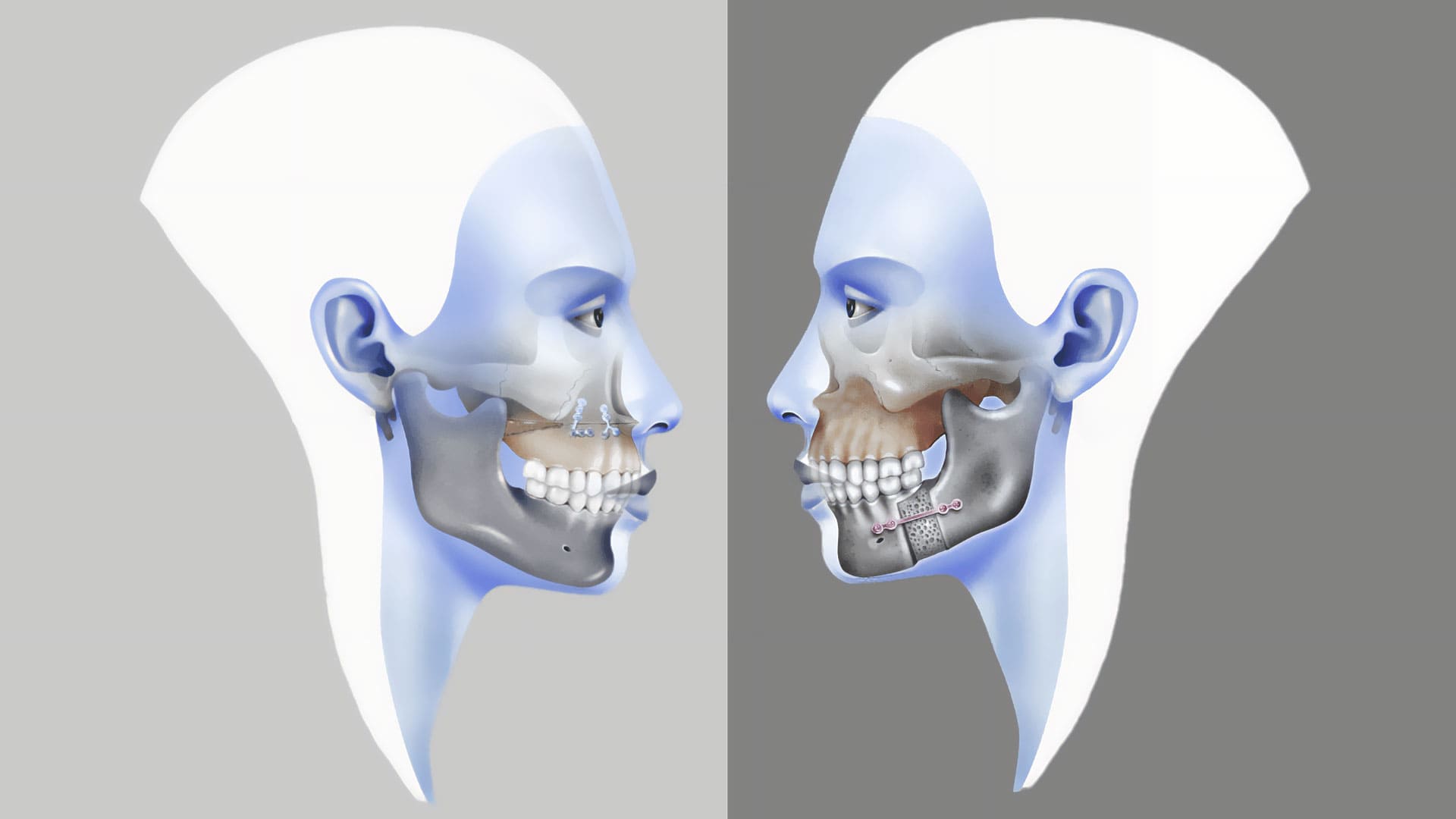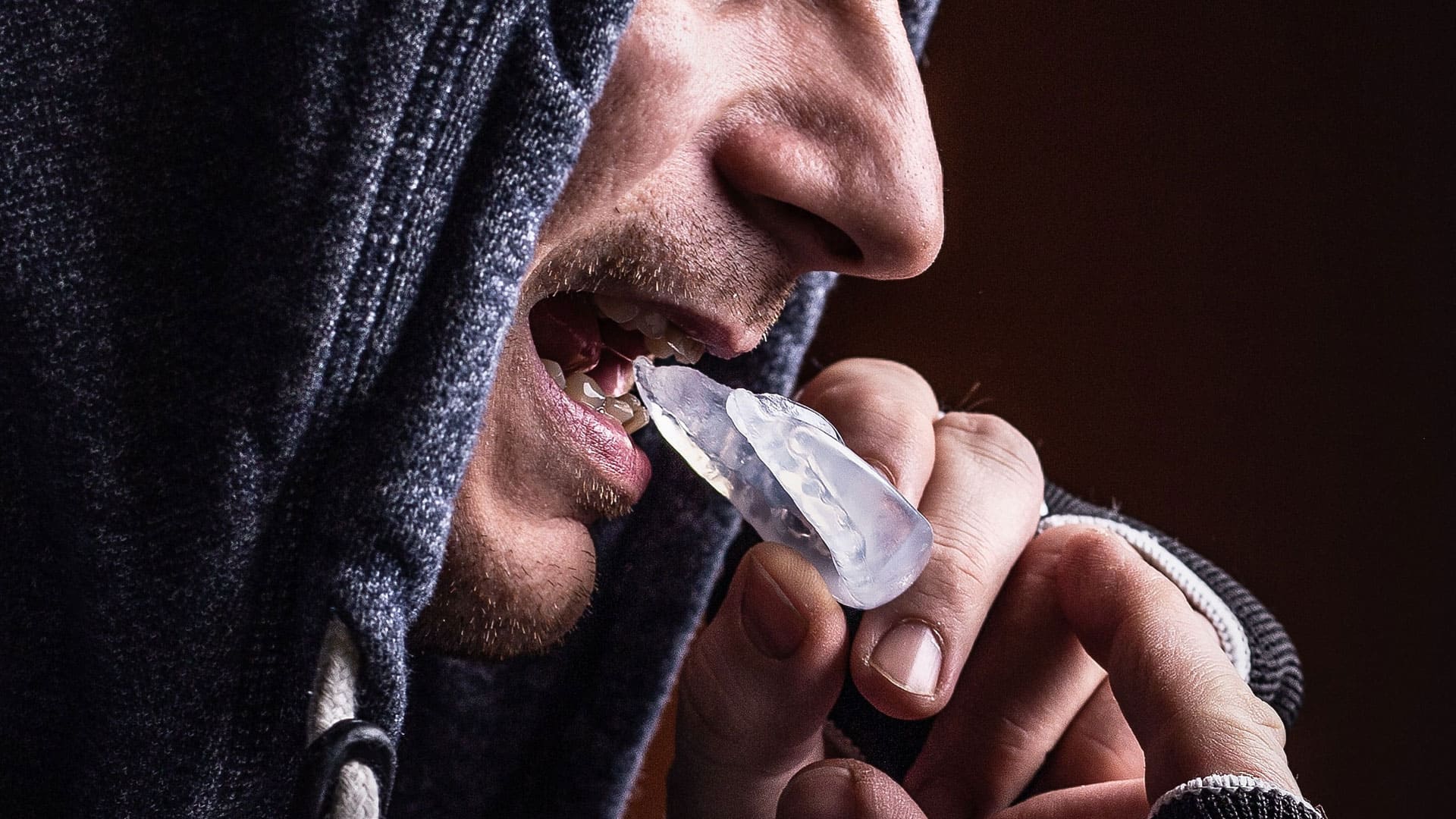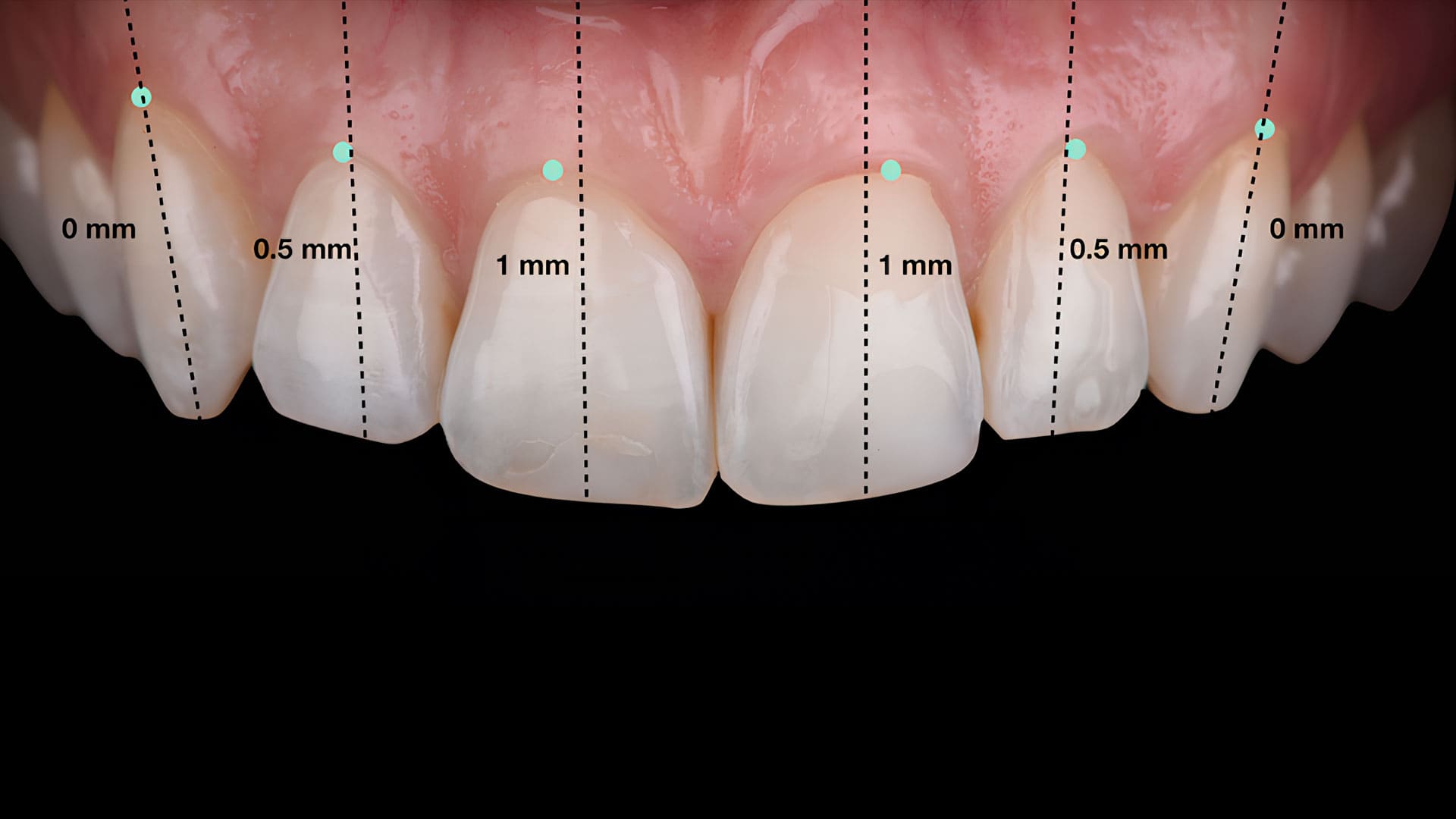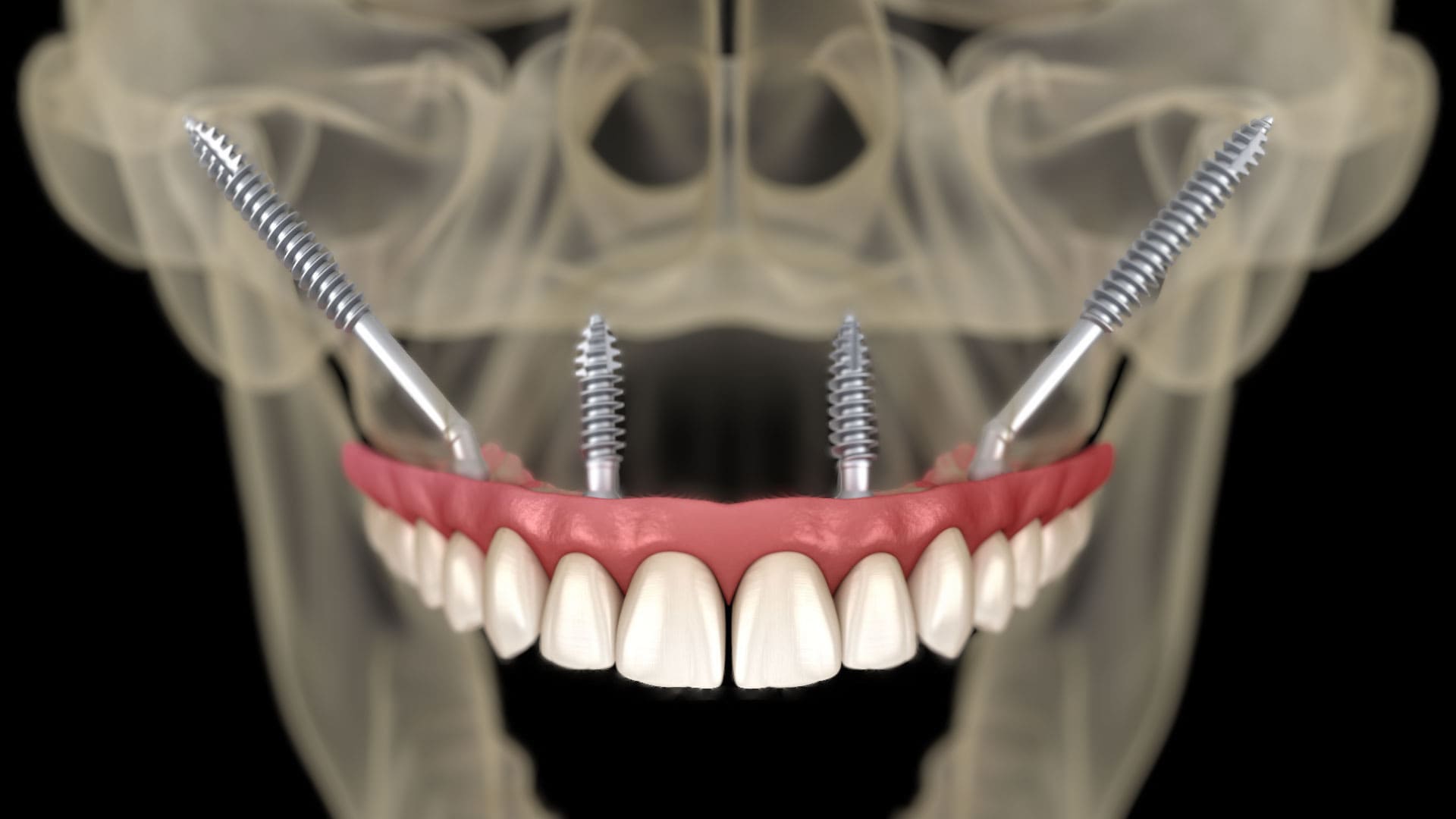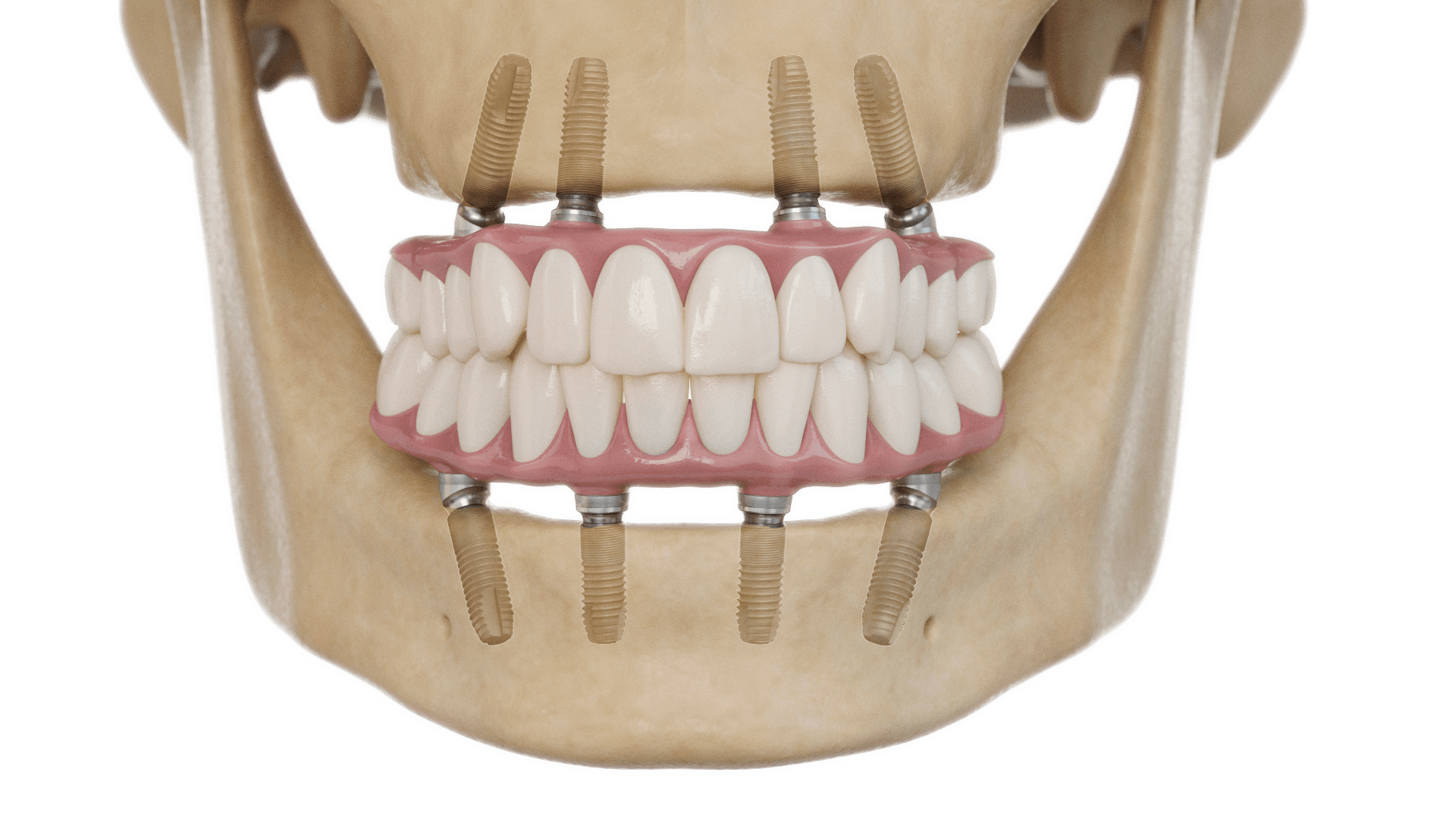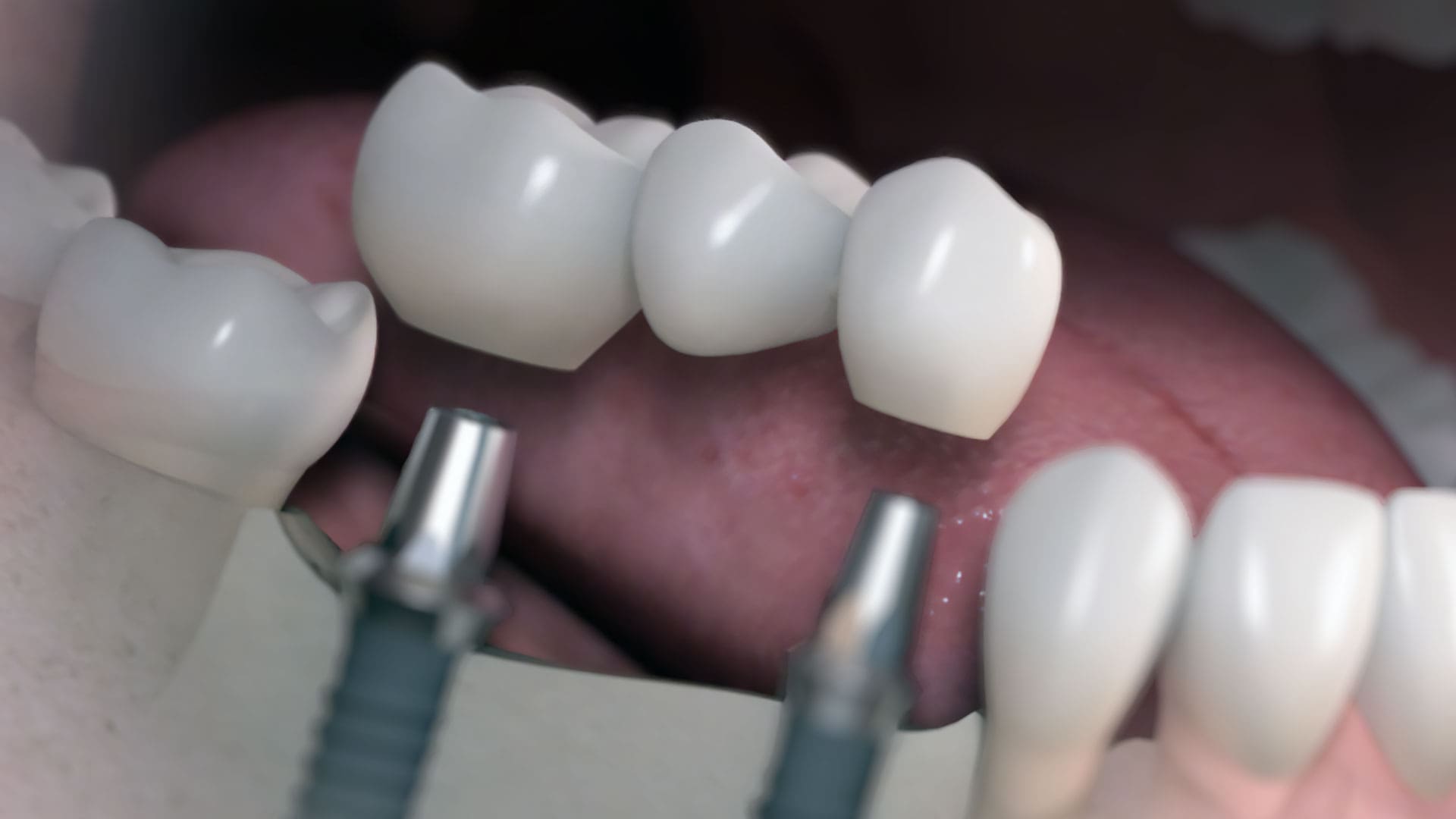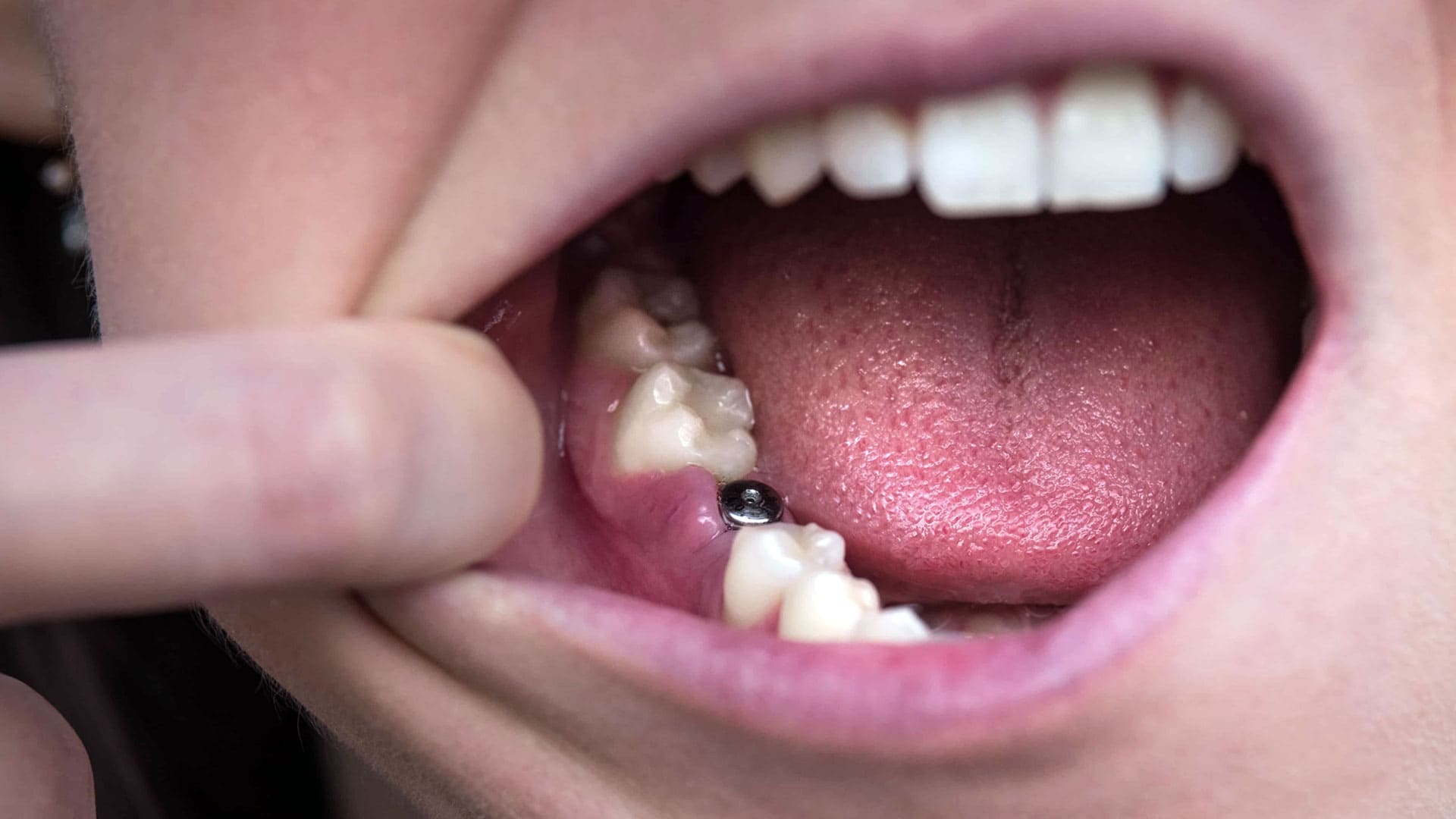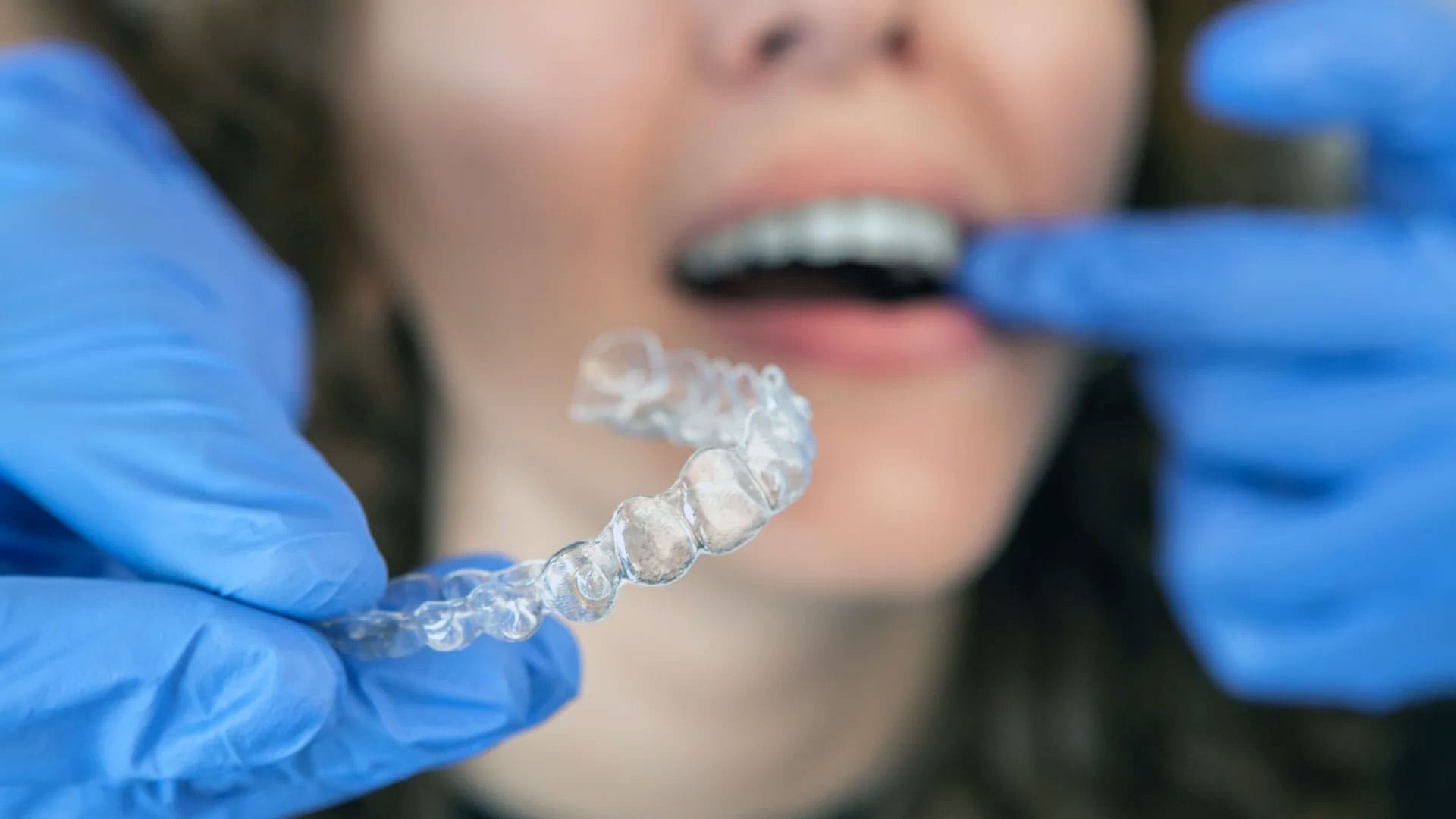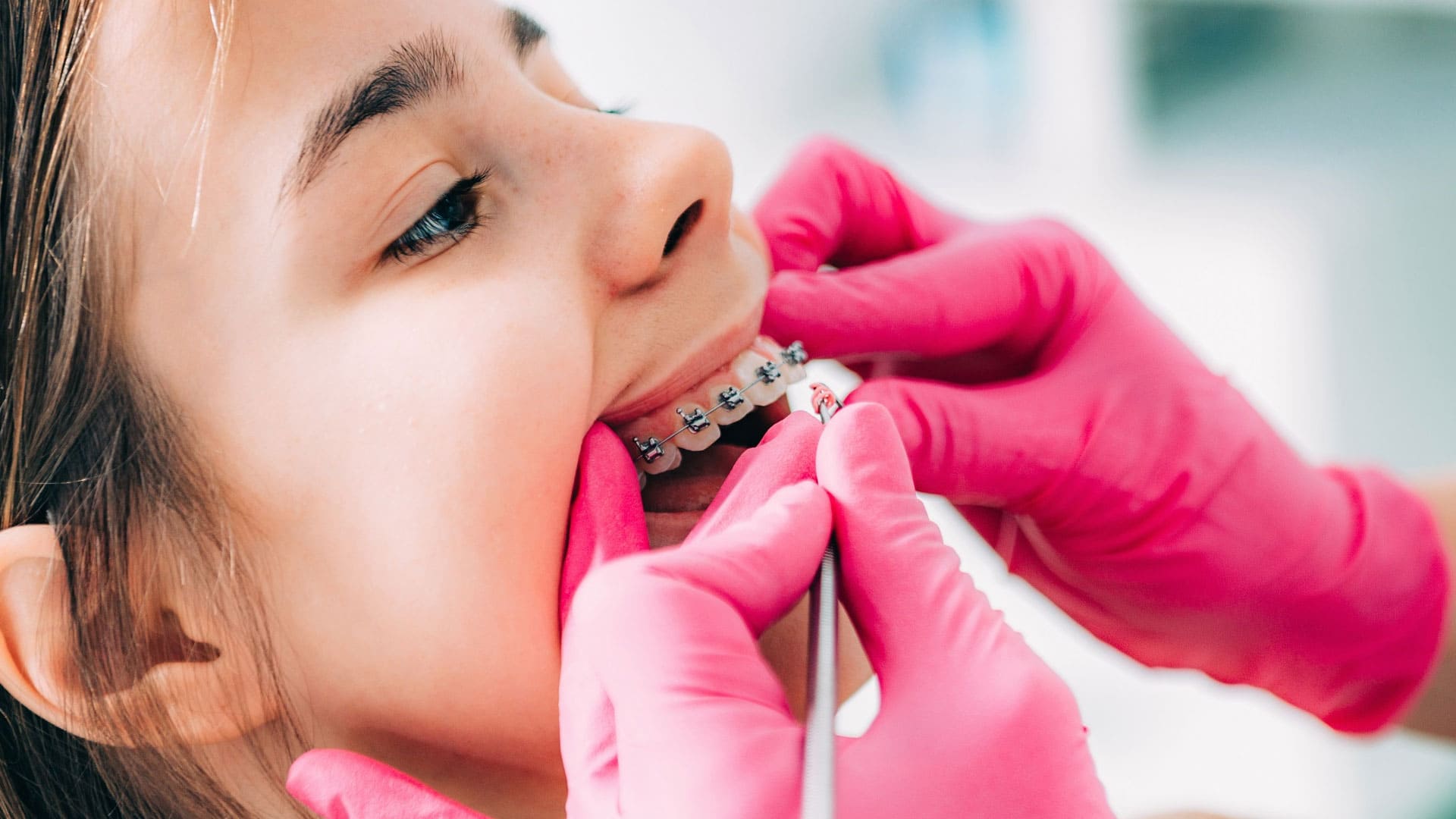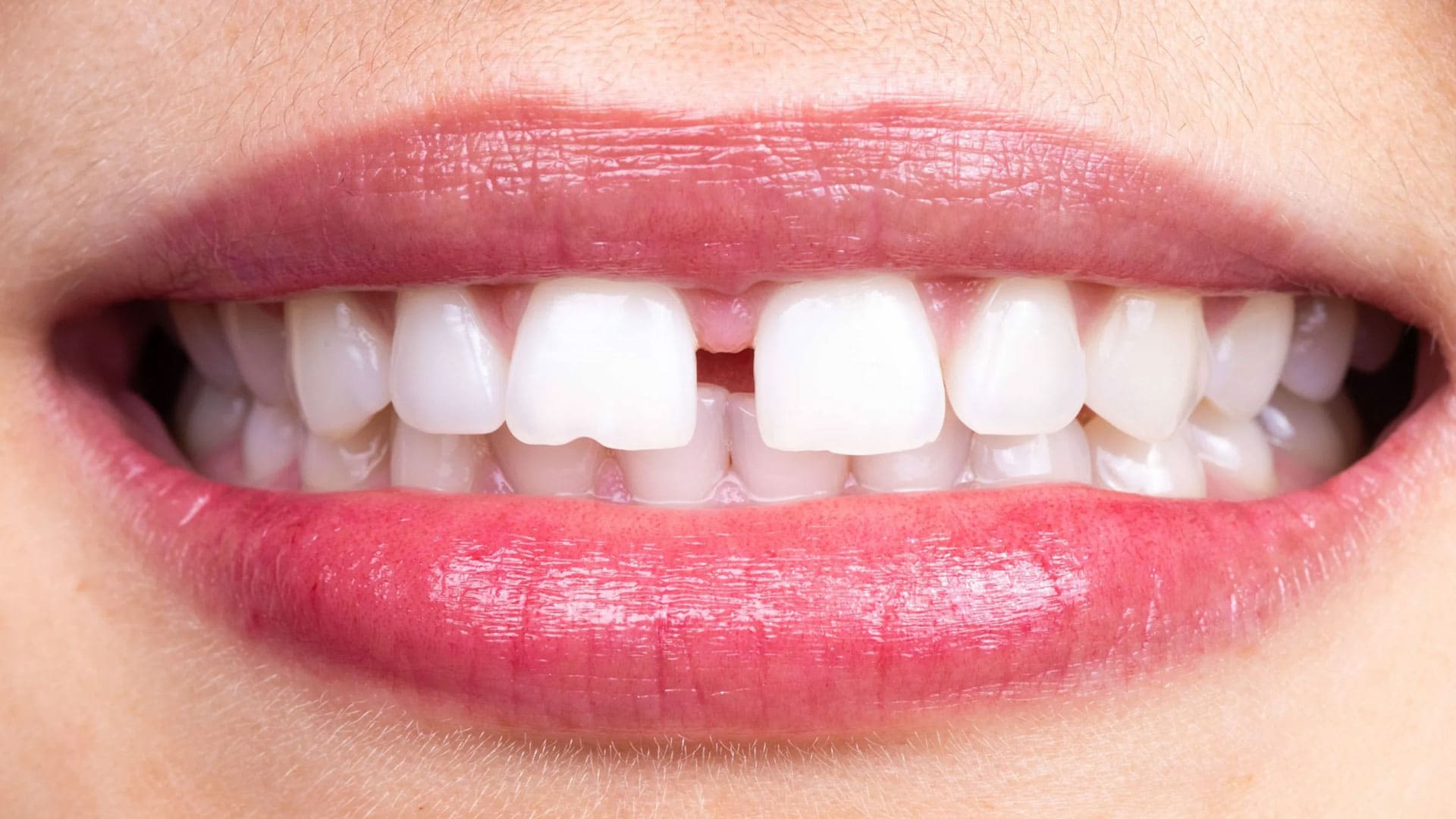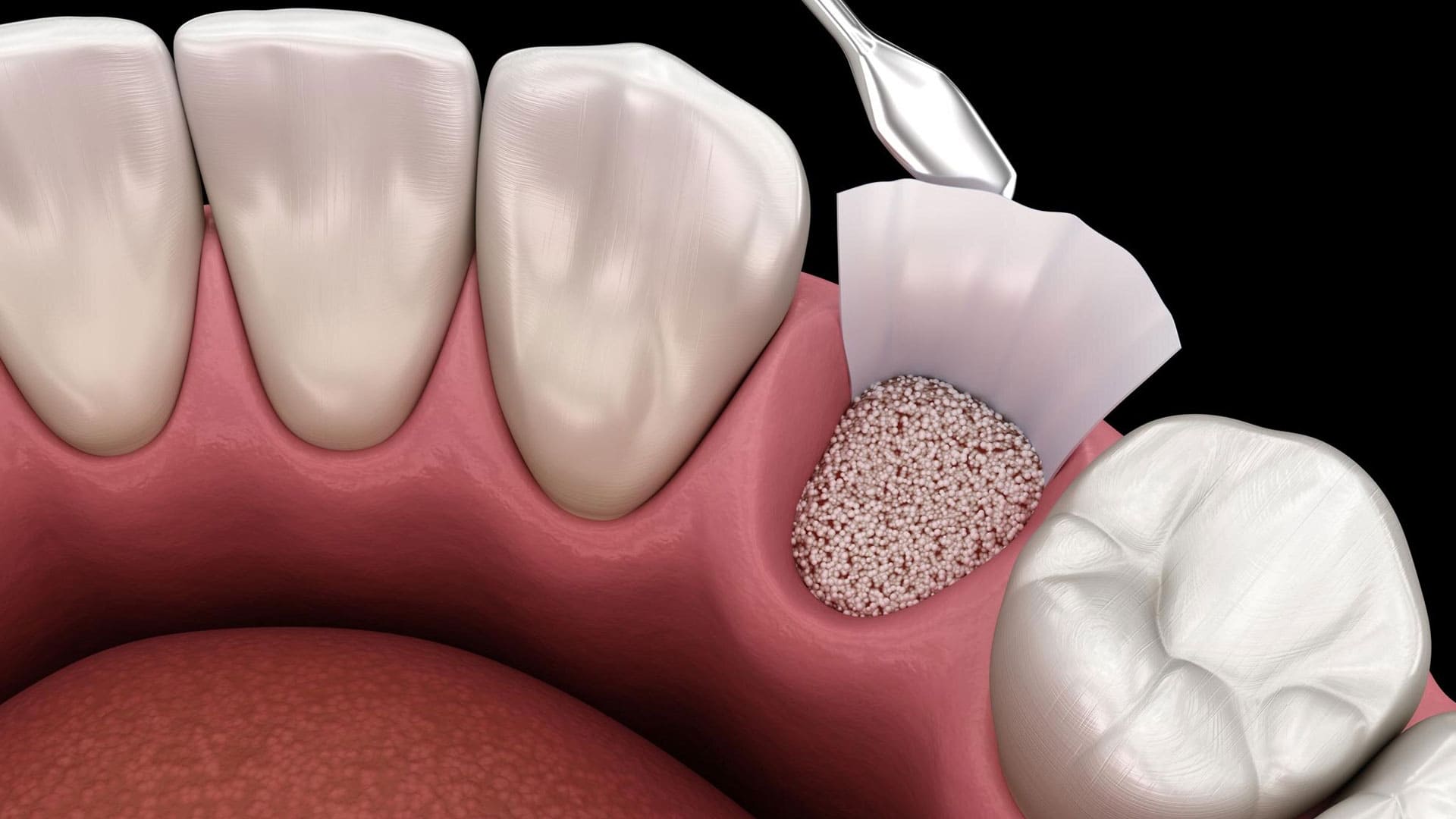
What is Bone Augmentation Surgery?
Bone augmentation/Bone grafting procedure
After tooth extraction, the jawbone begins to erode as a result of the extraction site not functioning. If the extracted teeth are infected or if removable prostheses are used after extraction, bone loss increases and there may not be enough bone for implant placement. In such cases, various bone augmentation procedures are required to obtain enough bone to allow implant placement.
Bone augmentation procedures vary in terms of both the material used and the methods applied. The success of implants placed in areas with good quality and sufficient bone is higher, while the success of implants placed in areas with only bone, away from bone defects, and prostheses placed on the implant is low. Performing appropriate bone grafting procedures in the areas where implant placement is planned gives more successful treatment results.
Bone deficiencies can be both vertical and horizontal. The direction of these defects is decisive for deciding the operation method. In cases of large bone deficiencies, the patient’s own bones are taken as a block from inside or outside the mouth and attached to the necessary places with screws and pins and waited to form new bone. In cases with less bone deficiency, ready-made bone powders are appropriately placed in the defect area.
How long to wait after the bone powder procedure?
Depending on the method of bone powder treatment, it is necessary to wait 4-6 months for new bone formation. At the end of this period, the bone augmentation process is completed and the bone suitable for implant placement is formed. Sometimes the implant can be placed in the same session with the bone powder procedure, in such cases, the process of placing the prosthesis (porcelain teeth or palatal prosthesis) is started directly at the end of 4-6 months.
Is Bone Graft Procedure Painful?
Bone powder procedures are often performed under local anesthesia and the patient does not feel pain during the procedure. When the bone deficiency is large, general anesthesia is required in cases where bone must be removed from the rib or hip bone.
The size of the bone deficiency affects the comfort after the procedure. In small bone powder procedures, pain after the operation is very rare and swelling and bruising are not seen. If a procedure is performed in which the bone taken from a different area in the jaw is placed in the missing area, pain that passes with painkillers, swelling lasting for a few days and bruising on the jaw in some people, but these discomforts are temporary and do not prevent people from their daily lives.

TREATMENTS
Book Your Appointment
For more information about Root Canal Treatment and other treatment options and to schedule an appointment, please click here. Contact us for a healthy and aesthetic smile.


